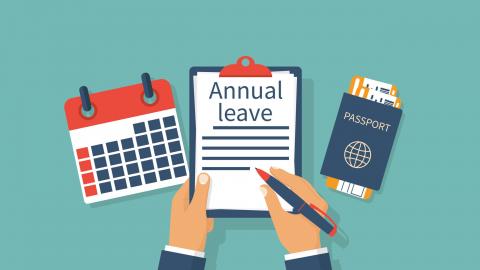Social HR
Social HR is the use of social media (Twitter, LinkedIn and Facebook) to fulfill and conduct human resources activities such as: employee engagement, recruiting and employer branding, in order to align HR goals to the organization’s goals. Social HR is becoming popular and is commonly used by organizations that have staff in different locations.
One of the main advantages of Social HR is collaboration; organizations are able to perform HR activities at a large scale and on the same budget.
What is social HR used for?
Social HR is used for various things; below are some of the areas:
1. It is used as another screening tool
Social media offers a summary snapshot of people, and can be of great help when it is used as a screening tool. Whilst most social media profiles have the option to make the profile private, it appears that not all use this function exists. If employers can find out more information in order to decide whether an employee is fit for the position or not through social media, then this will help improve the recruitment processes within the organization, and also help employers to save time.
2. It is used to involve employees in recruitment activities
It is believed that employees have always been a great source for job candidates and this is not likely to change, when social media is included. Nevertheless, it opens up a whole new set of possibilities for recruiting through employees and including employees in the search. Employees are able to share job openings postings with their friends, message employers to check out certain applications, and this can help in different ways.
3. It is used for social development and learning
Social learning offers employees the opportunity and luxury to train and learn anytime, anywhere, which also allows organizations to progress employees through training steps and programs at a faster rate. As employees complete training steps, HRIS systems are able to track and log the new qualifications with the rest of the employee information. This can be even more helpful when HR systems are set up to alert team managers that employees are qualified to fill open positions.
4. Gamification learning
Many organizations have not only begun to see the benefit in facilitating training online, but changed training into a gaming format that allows social competition or collaboration. Gamifying training helps to engage employees in a better way, as employees are actively participating in scoring, instead of simply watching or listening to teaching. Indeed , studies have proved that employees are more able to use the skills and recall the information that was presented in this way. It is important for organizations to carefully craft gamified training to make sure that the skills and lessons are the main focus of the “game” in order for the training programs to be successful.





